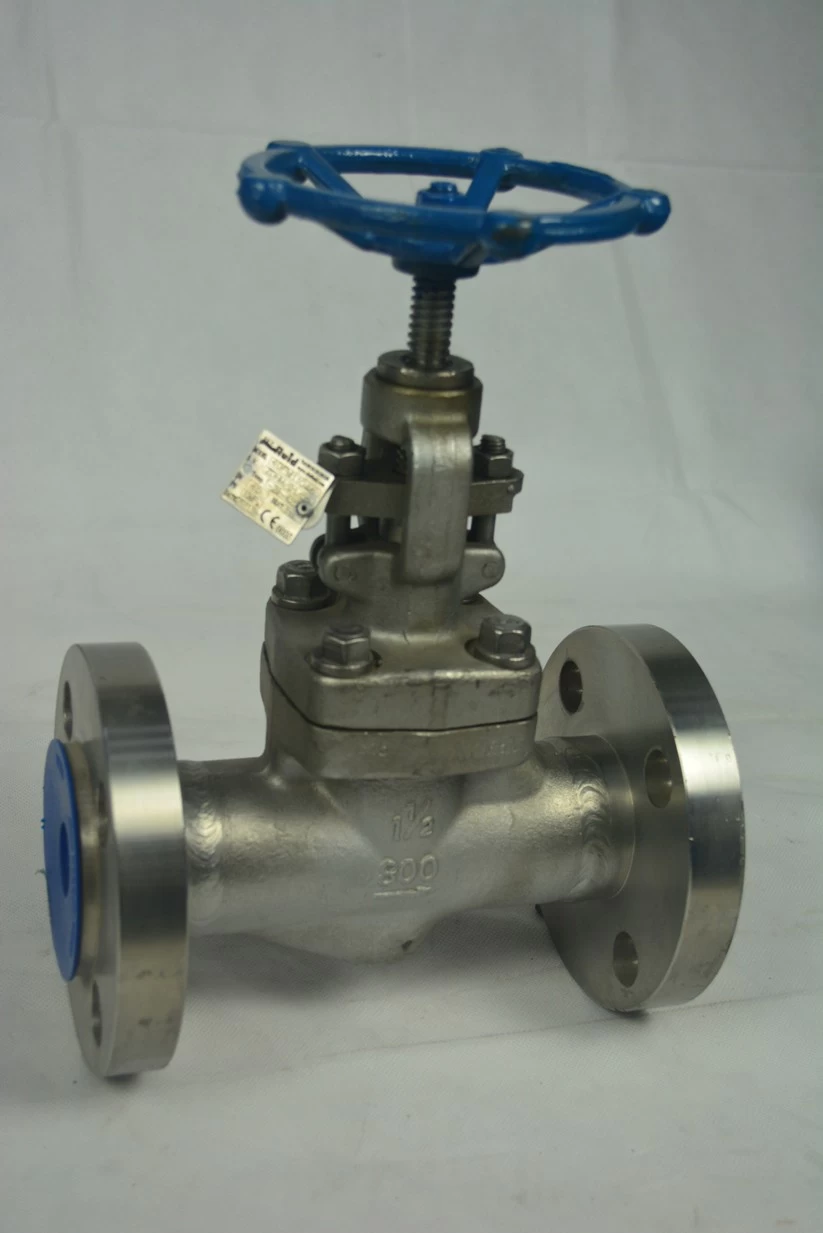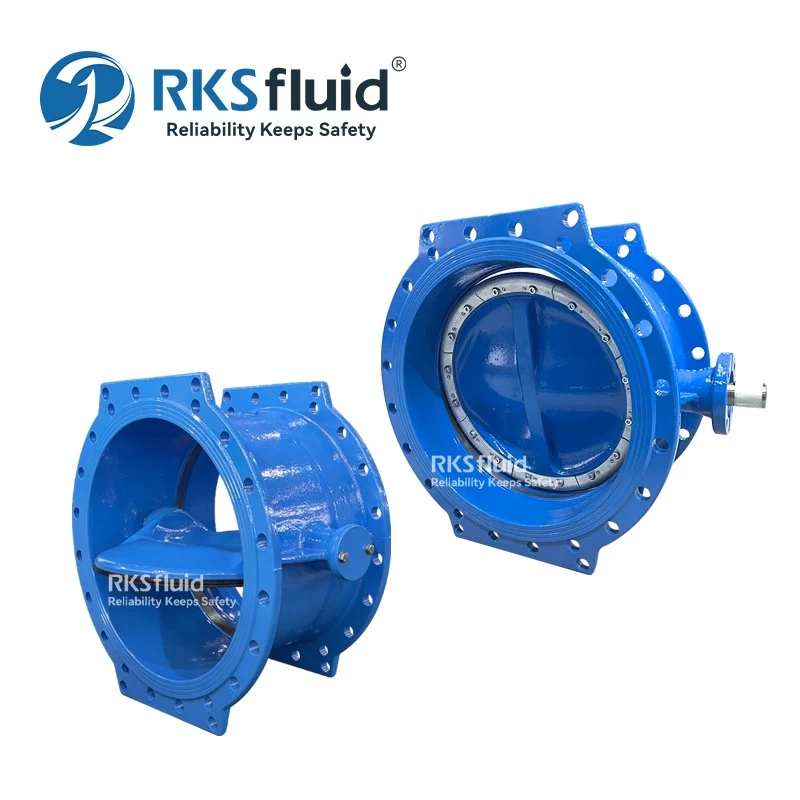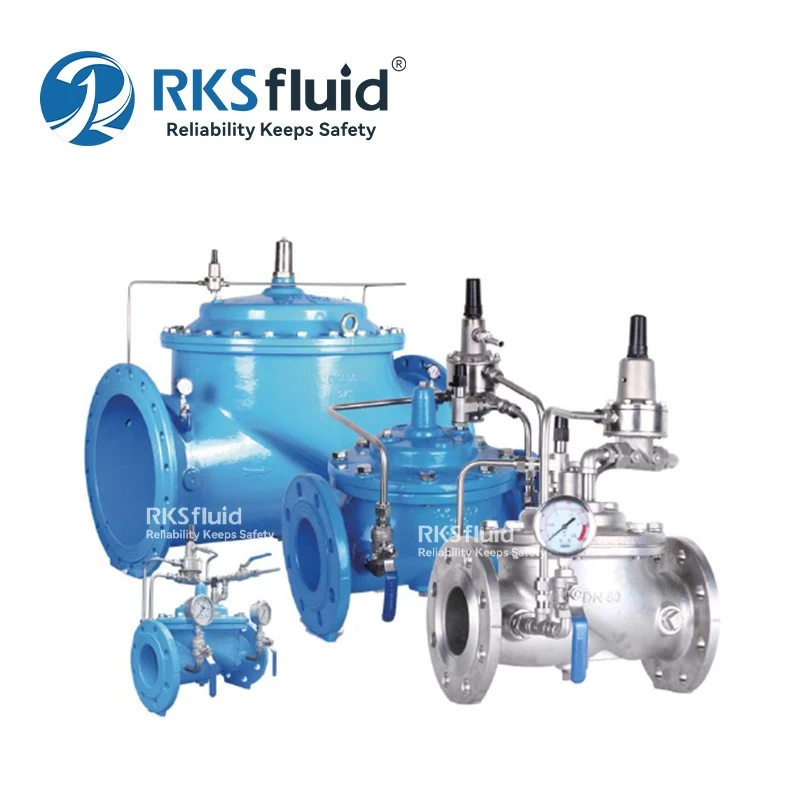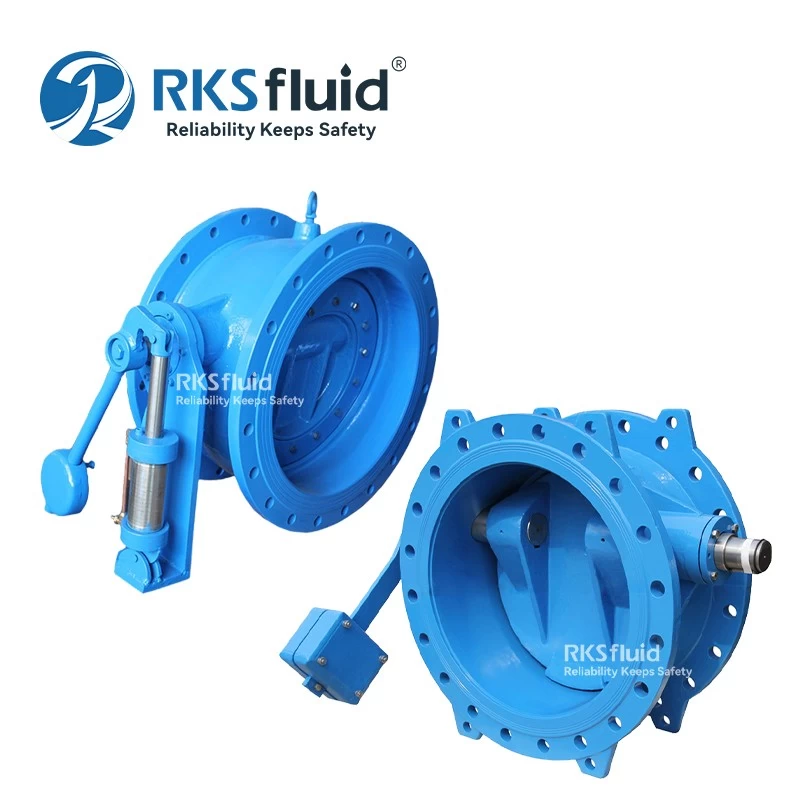- Main Product
- Contact Us
-
RKSfluid Flow Control Company
Web: www.rksfluid.com
Tel: +86 24 2318 0188
Fax: +86 24 2318 0788
Mail: info@rksfluid.com Contact Now
- Subscribe
-
Get email updates on new products
News
Common valve selection instructions
The butterfly valve is suitable for occasions with large caliber (such as DN>600mm) and short structural length requirements, as well as need to adjust the flow rate and fast opening and closing requirements, generally used for temperature ≤80°C, pressure≤1.0MPa water, oil and compressed air medium.
Because the butterfly valve relative to the gate valve, ball valve pressure loss is relatively large, so the butterfly valve is suitable for piping systems with poor pressure loss requirements.
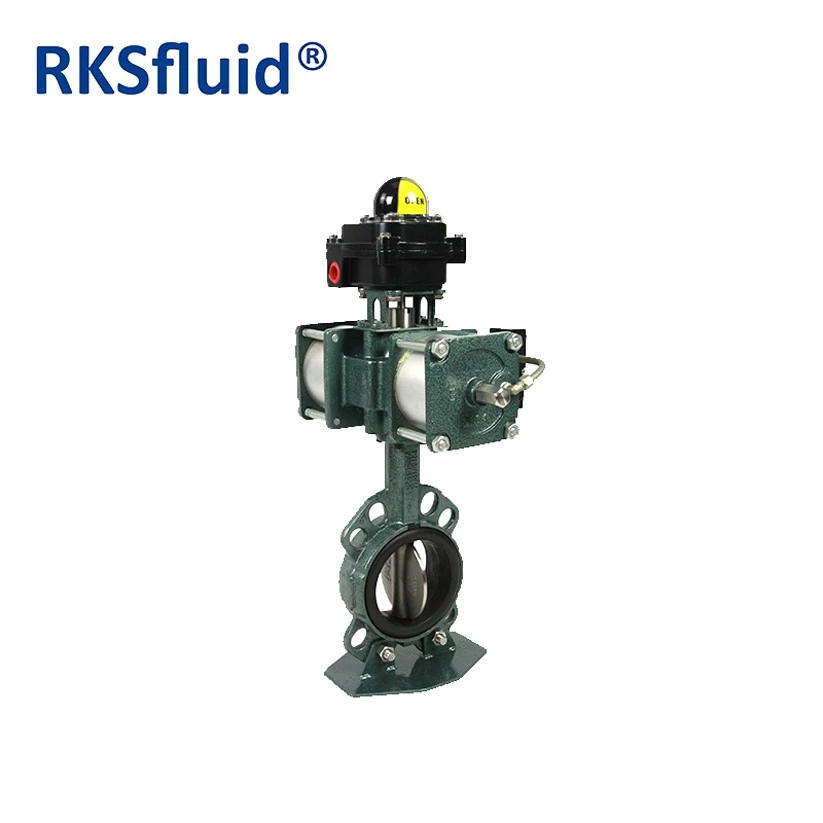
Ball valve selection instructions
Ball valves are suitable for low temperature, high pressure, high viscosity media. Most ball valves can be used in media with suspended solid particles and can also be used in powdered and granular media depending on the material requirements of the seal.
The full-channel ball valve is not suitable for flow regulation, but it is suitable for occasions requiring quick opening and closing, which is convenient for emergency cutoff of accidents; usually, the sealing performance is strict, wear, shrinkage passage, quick opening and closing action, high pressure cutoff (large differential pressure).
Ball valves are recommended for pipes with low noise, gasification, low operating torque and low fluid resistance.
The ball valve is suitable for light structure, low pressure cut-off, corrosive medium; ball valve is also the most ideal valve for low temperature and deep cooling medium, and the low temperature medium pipe system and device should use the low temperature ball valve with bonnet.
When the floating ball valve is selected, the valve seat material should bear the load of the sphere and the working medium. The large-diameter ball valve needs a large force during operation, DN≥200mm ball valve should be in the form of worm gear transmission; the fixed ball valve is suitable for occasions with larger caliber and higher pressure.
In addition, the ball valve used for process highly toxic materials and combustible medium pipeline should have fireproof and anti-static structure.
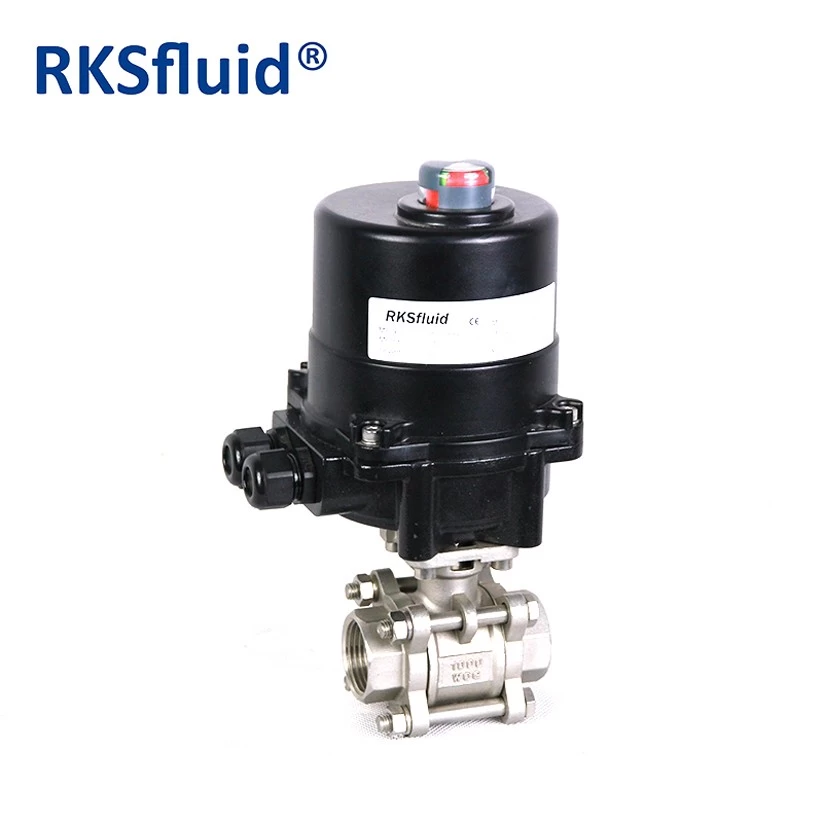
Gate valve selection instructions
In general, the gate valve should be preferred. In addition to suitable for steam, oil and other media, the gate valve is also suitable for media containing granular solids and high viscosity, and is suitable for valves for venting and low vacuum systems.
For media with solid particles, the gate valve body should have one or two purge holes. For low temperature media, low temperature special gate valves should be used.
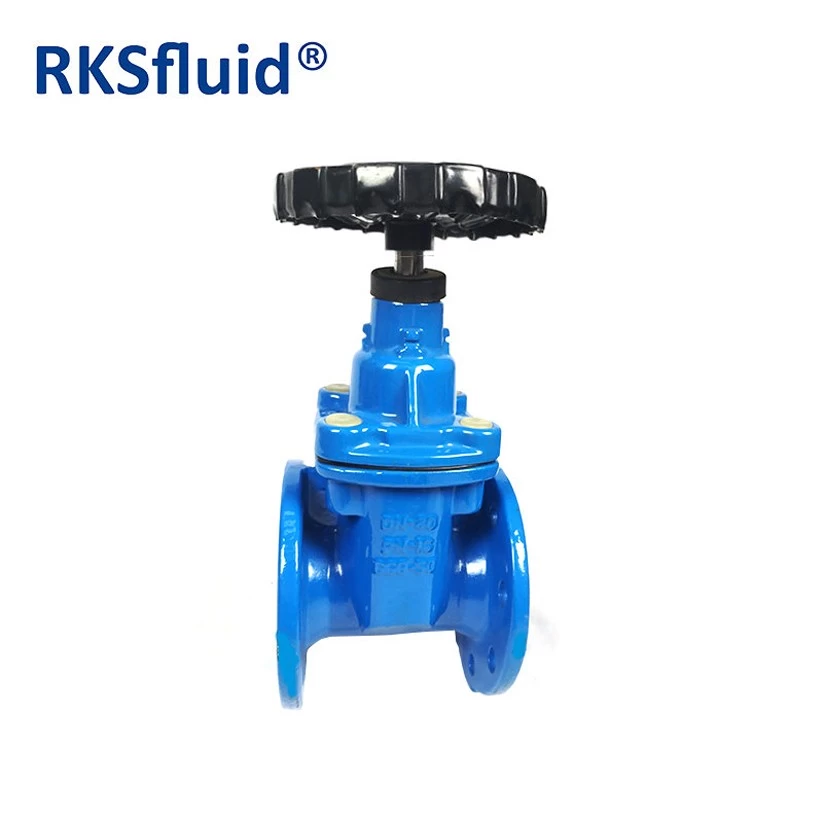
Check valve selection instructions
Check valves are generally suitable for cleaning media and should not be used for media containing solid particles and high viscosity. When≤40mm, it is advisable to use a lifting check valve (only allowed to be installed on horizontal pipes). When DN=50~400mm, it is advisable to use a swing-type lifting check valve (can be installed on both horizontal and vertical pipes, such as Installed on a vertical pipe, the flow of the medium is from bottom to top).
When DN≥450mm, buffer type check valve should be used; when DN=100~400mm, the clamp type check valve can also be used. The swing type check valve can be made into a high working pressure, and the PN can reach 42MPa. Depending on the material of the housing and seal, it can be applied to any working medium and any operating temperature range.
The medium is water, steam, gas, corrosive medium, oil, medicine, and the like. The media operating temperature range is between -196 and 800°C.
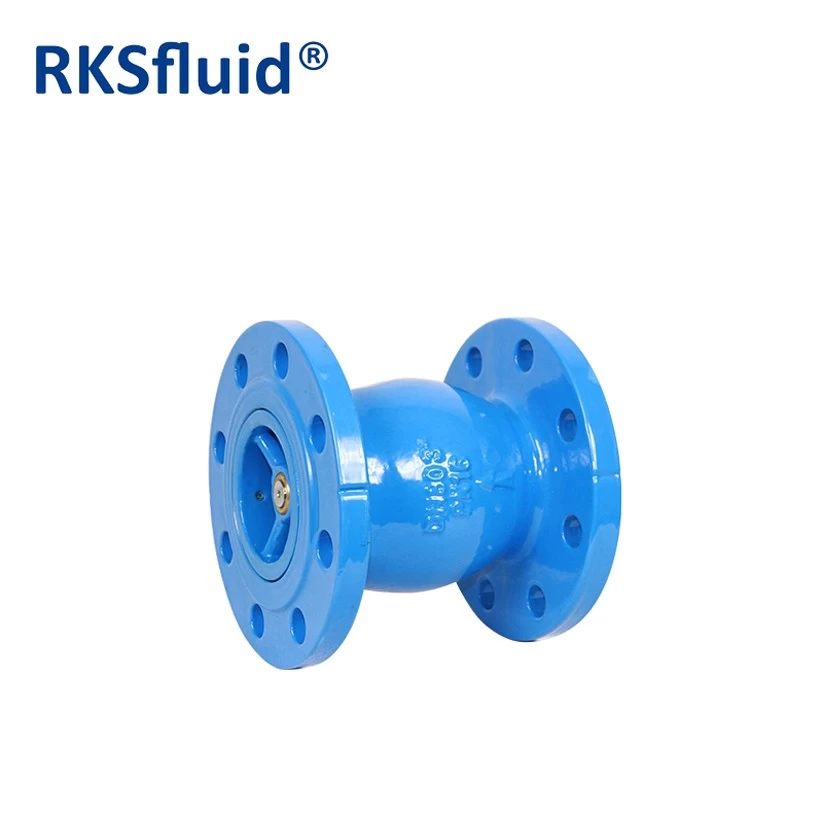
Globe valve selection instructions
The shut-off valve is suitable for pipelines with less demanding fluid resistance, that is, pipelines or devices with little consideration for pressure loss, and high-temperature and high-pressure medium, suitable for medium pipes such as steam with DN<200mm.
Small valves can be used with shut-off valves, such as needle valves, instrument valves, sampling valves, pressure gauge valves, etc.
The shut-off valve has flow regulation or pressure regulation, but the adjustment accuracy is not high, and the pipeline diameter is relatively small, and a shut-off valve or a throttle valve should be used.
For highly toxic media, a bellows-sealed shut-off valve should be used; however, the shut-off valve should not be used for mediums with high viscosity and media containing particles, and should not be used as valves for venting valves and low vacuum systems.
